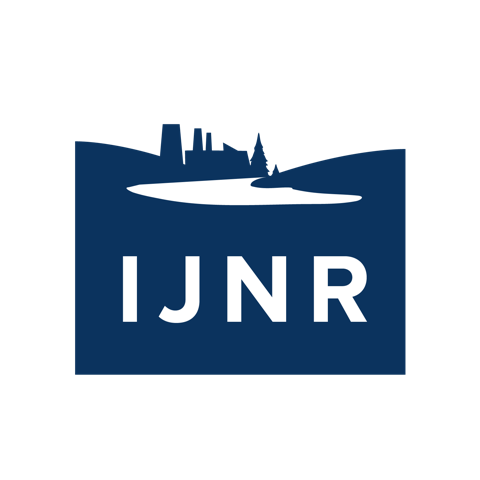July 23: Climate, Water Rights, Ranches & Fish
The First Straw: Front Range Water Providers
Through an elaborate system of reservoirs, tunnels and pipes that carry water over, under and through mountains, water utilities move as much as 20 percent of Colorado’s water from the Western Slope – where it falls – to the booming Front Range, which generates more than 80 percent of the state’s economic activity and tax revenue. The group visited the headquarters of the Northern Colorado Water Conservancy District in Berthoud for a primer on how water is stored, moved between basins, and used by the bulk of the state’s population. We also heard how science and research can help managers make savvy choices about water in the future.
Top of the World: How Snowpack Drives the Water Supply
While much of the Colorado’s water is used downstream, it’s the winter delivery at the highest elevations that determines whether it’s a wet year or a dry one, as each drip drip drip of the melting snowpack heads downhill in a torrent or a trickle. Some climate models predict snowpack will decline, exacerbating drought, while others show that the Upper Colorado could see above-average moisture. Much depends upon getting it right. In the territory where the Colorado River originates, we heard from two scientists about current conditions, and what the future may hold.
River Dynamic: Bringing Back the Flows
High-elevation streams are designed to move large volumes of melting snow fast – and those cold, oxygen-rich waters are ideal habitat for trout and the invertebrates upon which they feed. But diversions and reduced snowpack are changing the nature of some high-elevation streams: rather than rushing and riffling, they’re slowing and warming, stressing fish, spreading disease and degrading water quality. A series of adaptive management projects are designed to work with the water that’s there to restore higher-quality habitat on a smaller scale. We met with some of the ranchers who are working alongside Trout Unlimited to implement these restoration projects, and see the results of some of their hard work.



